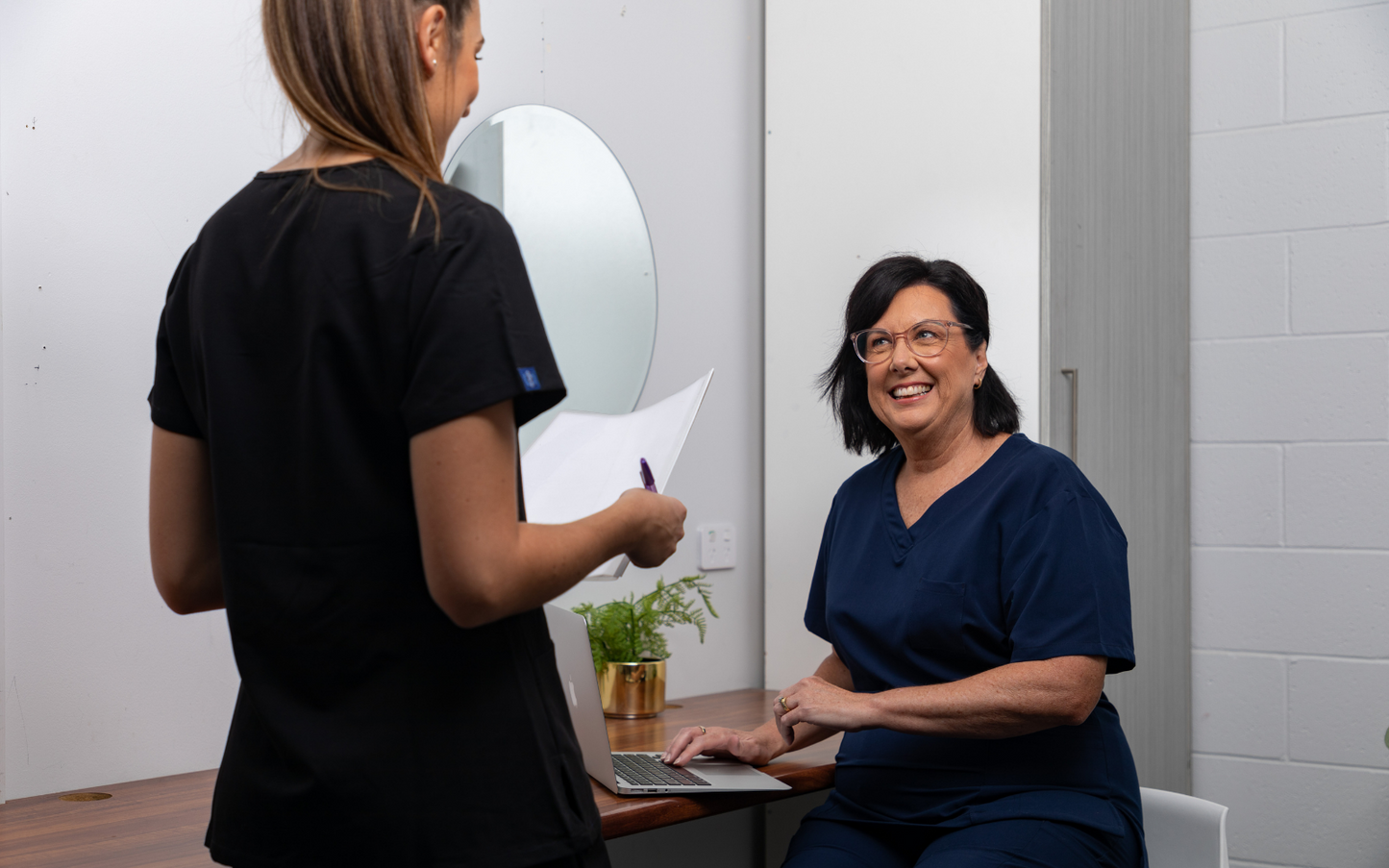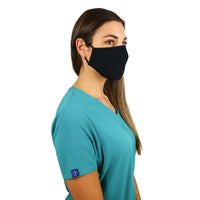
It’s safe to say that everyone has experienced some level of stress and anxiety in the COVID chaos of the past couple of years, and women in the healthcare industry are shown to be among the hardest hit. A recent survey has shown that almost one in four Australian women have considered quitting their jobs in the pandemic. Globally, traditionally female-dominated positions are predicted to decline dramatically with an expected 13 million shortfall of nurses by 2030.
So, what can this shift be attributed to? Throughout the pandemic, studies have been tracking the emotional and mental impact of the heightened stress on healthcare workers. A third of Australian healthcare workers are estimated to have experienced burnout symptoms throughout the last two years. Now, as we adjust to the new normal, how can we identify and recover from burnout.
The Signs of Burnout
Below are the three most common signs of burnout;
-
Emotional and Physical Exhaustion
Feeling constantly exhausted, no matter how much sleep you’re getting or mentally drained at the start of your work week are key indicators in diagnosing burnout.
-
Cynicism and Detachment From Your Work
Falling into a pattern of annoyance and cynicism at work could be stemming from unchecked stress. If you’re constantly feeling irritable and irrationally annoyed by colleagues, patients and tasks that usually wouldn’t phase you, it could be due to burnout.
-
Self-doubt and Lowered Productivity
Usually the final sign of burnout. If your efficacy is dwindling and you’re struggling to complete tasks to your usual standard, now is the time to reflect on your workload, take action or take a break to bring balance back to your work life.
How to Combat Burnout
Here are some practical tips for recovering from burnout;
Moments of Mindfulness
Taking a moment for mindfulness is shown to ease stress and help you prioritise tasks or commitments that are causing anxiety. Read our guide about mindfulness to start implementing some positive coping strategies into your daily life.
Put Down Your Phone
Nowadays it’s practically expected to be instantly contactable 24/7. With most workplaces using messaging and email apps to communicate, it can be difficult to switch off when you’re off the clock. If possible, set aside some ‘non-contact’ hours and turn off any work-related message notifications.
Take Breaks
Make it a priority to take breaks during your workday. Working through lunch occasionally isn’t going to increase your chance of burnout, but if it becomes a regular occurrence it might be time to see if you can better arrange your workload and schedule. Better yet, take advantage of your annual leave and take a long weekend or holiday when you feel high levels of stress creeping in.
When More Change Needs to Happen
As helpful as these strategies can be, if stress is starting to feel cyclical sometimes larger change is needed to protect yourself and others from the burden of burnout. The cause may need to be tackled at the source because, as the saying goes, prevention trumps all cures.
If you or your team are facing perpetual burnout, it may be time to address the issues in the workplace. Devise a strategy to build a more balanced work environment by voicing your concerns to supervisors and managers and propose how occupation pressures could be alleviated to create a healthier, less stressful work environment.












































